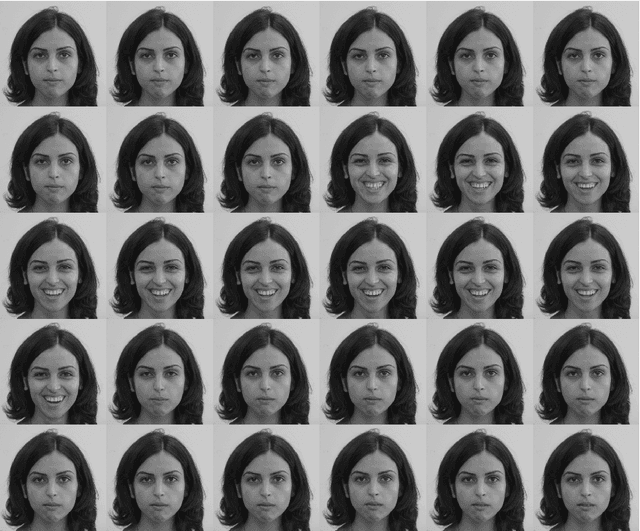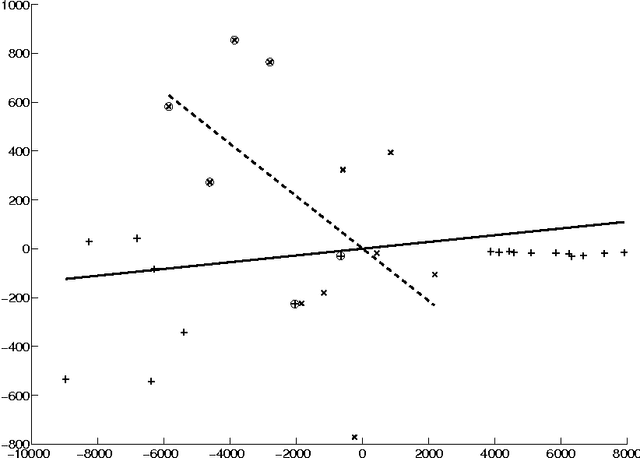Allen R. Tannenbaum
School of Electrical & Computer Engineering, Georgia Institute of Technology, Department of Biomedical Engineering, Georgia Institute of Technology
Probabilistic Kernel Support Vector Machines
Apr 14, 2019Abstract:We propose a probabilistic enhancement of standard {\em kernel Support Vector Machines} for binary classification, in order to address the case when, along with given data sets, a description of uncertainty (e.g., error bounds) may be available on each datum. In the present paper, we specifically consider Gaussian distributions to model uncertainty. Thereby, our data consist of pairs $(x_i,\Sigma_i)$, $i\in\{1,\ldots,N\}$, along with an indicator $y_i\in\{-1,1\}$ to declare membership in one of two categories for each pair. These pairs may be viewed to represent the mean and covariance, respectively, of random vectors $\xi_i$ taking values in a suitable linear space (typically ${\mathbb R}^n$). Thus, our setting may also be viewed as a modification of Support Vector Machines to classify distributions, albeit, at present, only Gaussian ones. We outline the formalism that allows computing suitable classifiers via a natural modification of the standard ``kernel trick.'' The main contribution of this work is to point out a suitable kernel function for applying Support Vector techniques to the setting of uncertain data for which a detailed uncertainty description is also available (herein, ``Gaussian points'').
Segmentation of Facial Expressions Using Semi-Definite Programming and Generalized Principal Component Analysis
Jun 10, 2009



Abstract:In this paper, we use semi-definite programming and generalized principal component analysis (GPCA) to distinguish between two or more different facial expressions. In the first step, semi-definite programming is used to reduce the dimension of the image data and "unfold" the manifold which the data points (corresponding to facial expressions) reside on. Next, GPCA is used to fit a series of subspaces to the data points and associate each data point with a subspace. Data points that belong to the same subspace are claimed to belong to the same facial expression category. An example is provided.
 Add to Chrome
Add to Chrome Add to Firefox
Add to Firefox Add to Edge
Add to Edge